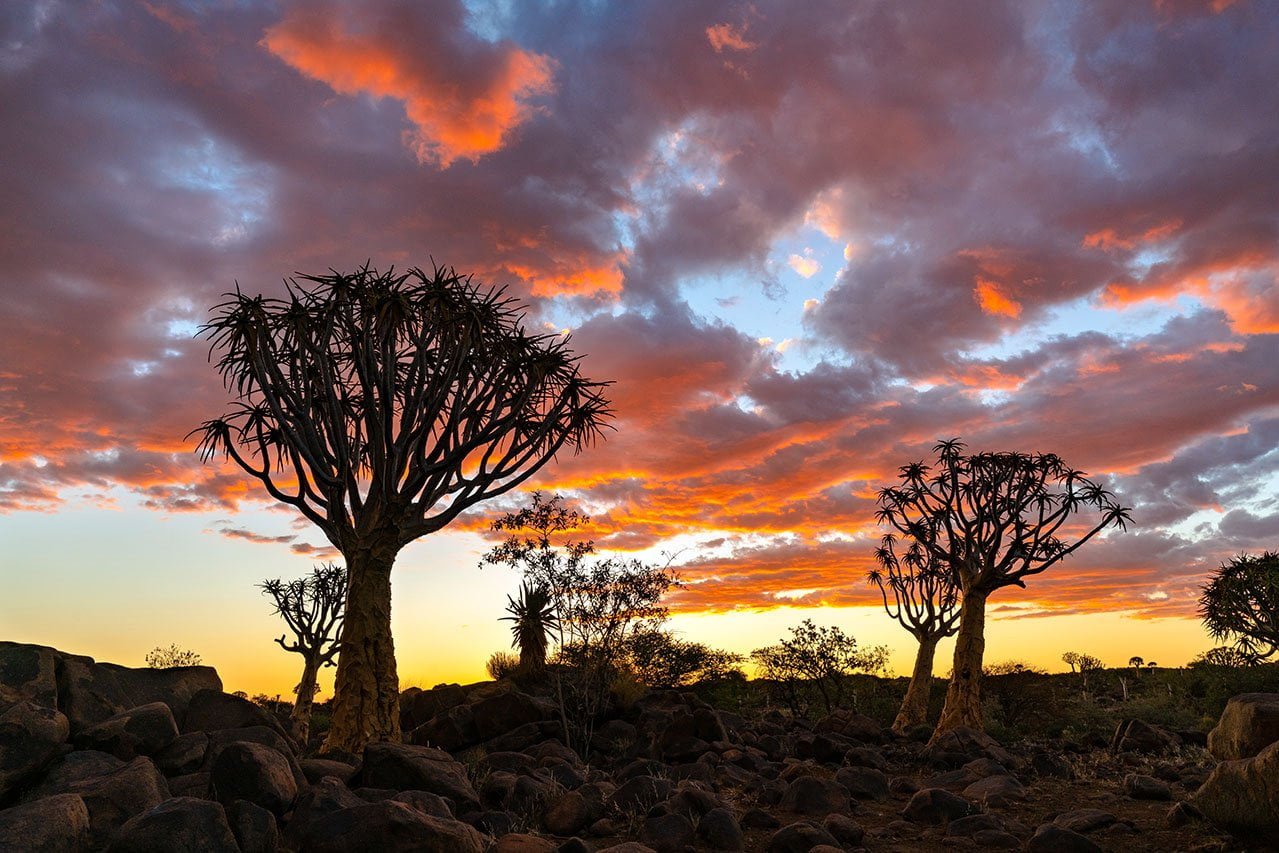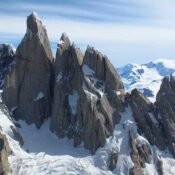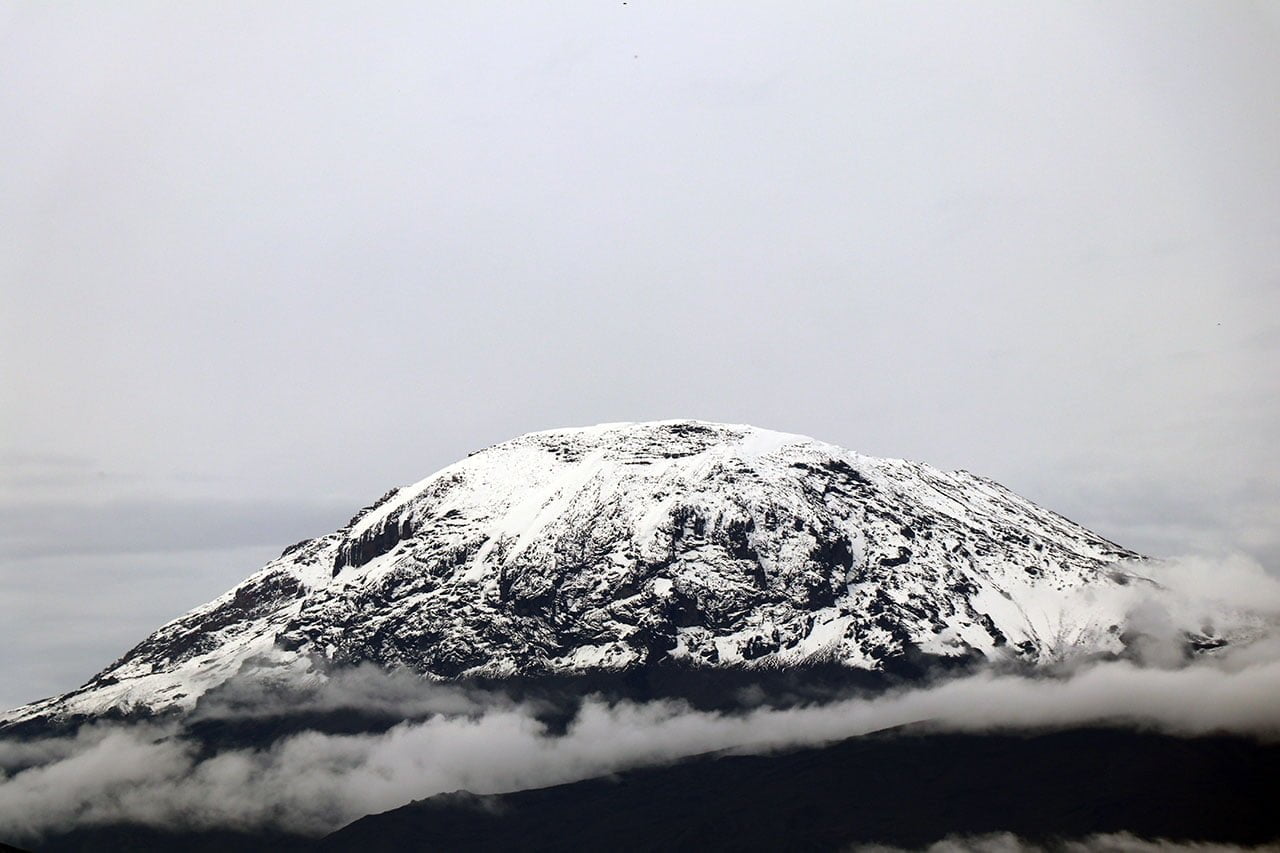15 Best Things to Do in Tanzania

15 Best Things to Do in Tanzania
Exploring Serengeti National Park
Serengeti National Park stands as one of the most iconic wildlife reserves globally, celebrated for its unparalleled annual migration of over 1.5 million wildebeest, in addition to hundreds of thousands of zebras and gazelles. The park offers a breathtaking spectacle that draws nature enthusiasts and adventure seekers alike.
The best time to experience the Serengeti’s splendour is during the Great Migration, typically between June and October. This period offers visitors a front-row seat to one of nature’s most dramatic events, as vast herds traverse the plains in search of greener pastures. However, the Serengeti’s allure extends year-round, with each season offering unique wildlife sightings and landscapes.
Various safari options are available to cater to different preferences and budgets. Traditional game drives in open-roof vehicles are the most common, providing an immersive way to view the diverse wildlife. For a more intimate experience, walking safaris led by experienced guides offer a closer look at the flora and fauna. Additionally, hot air balloon safaris provide a unique aerial perspective, allowing one to appreciate the vastness and beauty of the Serengeti from above.
The wildlife in Serengeti National Park is incredibly diverse, featuring the Big Five: lions, leopards, elephants, rhinos, and buffaloes. Beyond these, visitors can also encounter cheetahs, hyenas, giraffes, and numerous bird species. The park’s varied landscapes, from expansive savannahs to lush riverine forests, create a dynamic habitat that supports this rich biodiversity.
To maximize your Serengeti experience, it is advisable to engage with knowledgeable local guides who can provide insights into the park’s ecology and animal behaviour. Early morning and late afternoon game drives are recommended, as these are the peak times for animal activity. Ensuring you have the right gear, such as binoculars, cameras, and appropriate clothing, will also enhance your safari experience.
Exploring Serengeti National Park is a once-in-a-lifetime adventure that offers an unparalleled glimpse into the natural world. Whether witnessing the awe-inspiring Great Migration or simply revelling in the park’s serene beauty, the Serengeti is a testament to the wonders of nature.
Climbing Mount Kilimanjaro
Mount Kilimanjaro, standing at 5,895 meters, is Africa’s highest peak and one of its most iconic landmarks. For adventurers, climbing Kilimanjaro represents a challenging yet immensely rewarding experience. The mountain offers several routes to the summit, each varying in difficulty, scenery, and duration. The most popular routes include Marangu, Machame, Lemosho, Rongai, and Northern Circuit.
The Marangu Route, often referred to as the “Coca-Cola Route,” is known for its relatively gradual ascent and the availability of hut accommodations, making it a favoured option for many climbers. On the other hand, the Machame Route, also called the “Whiskey Route,” is more challenging with steeper inclines and longer trekking days, but it rewards climbers with stunning vistas. The Lemosho Route offers a more remote and scenic experience, while the Rongai Route is the only one that approaches from the north, providing a different perspective of the mountain. The Northern Circuit is the longest and newest route, allowing for excellent acclimatization and a higher success rate.
Climbing Mount Kilimanjaro entails traversing diverse climate zones, from lush rainforests at the base to the arctic conditions at the summit. This dramatic shift in climate and terrain necessitates adequate preparation. Essential gear includes layered clothing to adapt to temperature changes, sturdy hiking boots, a good quality sleeping bag, and trekking poles. Physical conditioning is crucial; potential climbers should engage in regular cardiovascular and strength training exercises in the months leading up to their expedition.
Acclimatization is a critical aspect of climbing Kilimanjaro, as altitude sickness can pose serious health risks. Many routes offer “climb high, sleep low” itineraries to help the body adjust to higher elevations gradually. It’s advisable to choose a longer route to improve acclimatization chances. Drinking plenty of water, eating well, and listening to one’s body are essential practices to mitigate the effects of altitude sickness.
In summary, climbing Mount Kilimanjaro is a formidable endeavour that requires thorough preparation and respect for the mountain’s challenges. However, reaching the summit and witnessing the breathtaking views from the “Roof of Africa” is an unparalleled achievement for any adventurer.
Relaxing on Zanzibar’s Beaches
Zanzibar, an enchanting archipelago off the coast of Tanzania, is celebrated for its pristine beaches, azure waters, and a cultural tapestry woven from Swahili and Arabic influences. Among the myriad of beaches that dot the islands, Nungwi and Kendwa stand out for their bustling atmosphere and vibrant nightlife. Nungwi, located on the northern tip of Zanzibar, offers a lively setting where visitors can enjoy a variety of water sports, seafood restaurants, and sunset cruises. Just a few kilometres away, Kendwa’s wide sandy beaches and shallow waters make it perfect for swimming and sunbathing, with the added allure of its famous Full Moon Parties.
For those seeking tranquillity, Matemwe Beach provides a serene retreat. Situated on the northeastern coast, Matemwe is less developed, offering a more intimate connection with nature. The long, white sandy beaches are ideal for strolls, while the nearby Mnemba Atoll promises exceptional snorkelling and diving experiences. Another gem is Paje Beach, located on the southeastern coast. Renowned for its idyllic scenery and consistent winds, Paje has become a haven for kite surfers. The beach’s laid-back vibe makes it an excellent spot for relaxation and mingling with the local community.
Zanzibar’s appeal extends beyond its beaches, deeply rooted in its rich cultural history. Stone Town, a UNESCO World Heritage site, is a labyrinth of narrow streets, bustling markets, and historical landmarks. Visitors can explore the House of Wonders, an imposing structure that showcases the island’s history, or wander through the Old Fort, which now hosts cultural events and workshops. The spice plantations are another must-visit, offering tours that reveal the island’s role in the historical spice trade and provide an opportunity to sample a variety of local spices.
In essence, Zanzibar offers a diverse array of experiences, from lively beach parties to tranquil escapes, all enriched by its historical and cultural backdrop. Whether you are seeking adventure or relaxation, Zanzibar’s beaches and heritage provide an unforgettable journey.
Experiencing the Ngorongoro Crater
The Ngorongoro Crater, a UNESCO World Heritage site, is a geological marvel and an essential destination for any visit to Tanzania. Formed around two to three million years ago, this caldera is the result of a massive volcanic explosion and subsequent collapse. Spanning approximately 260 square kilometres and with walls reaching up to 600 meters in height, it stands as the world’s largest inactive volcanic caldera, offering a unique ecosystem that supports a diverse array of wildlife.
One of the most remarkable aspects of the Ngorongoro Crater is its significance in conservation efforts. This natural enclosure is a sanctuary for numerous animal species, including the renowned Big Five: lions, elephants, rhinos, buffaloes, and leopards. In addition to these iconic animals, visitors can expect to see zebras, wildebeests, gazelles, and a plethora of bird species. The crater’s floor consists of grasslands, swamps, forests, and a soda lake, each contributing to this rich biodiversity.
Guided tours are highly recommended for those looking to experience the Ngorongoro Crater fully. Knowledgeable guides provide insights into the crater’s history, its ecological importance, and the behaviour of its inhabitants, enriching the overall experience. The best viewpoints, such as the Ngorongoro Crater Rim and the Lerai Forest, offer breathtaking panoramas and excellent opportunities for photography. These vantage points allow visitors to appreciate the sheer scale and beauty of this natural wonder.
For accommodations, various lodges and campsites are situated nearby, catering to different preferences and budgets. Luxurious lodges like the Ngorongoro Crater Lodge offer unparalleled comfort and stunning views, while more budget-friendly options, such as the Rhino Lodge, provide a cosy and authentic experience. Wherever you choose to stay, proximity to the crater ensures that you can maximize your time exploring this extraordinary destination.
In conclusion, the Ngorongoro Crater is not only a geological and ecological treasure but also a testament to successful conservation efforts. Its diverse wildlife and stunning landscapes make it a must-visit location for anyone travelling to Tanzania, offering an unforgettable adventure into the heart of nature.





